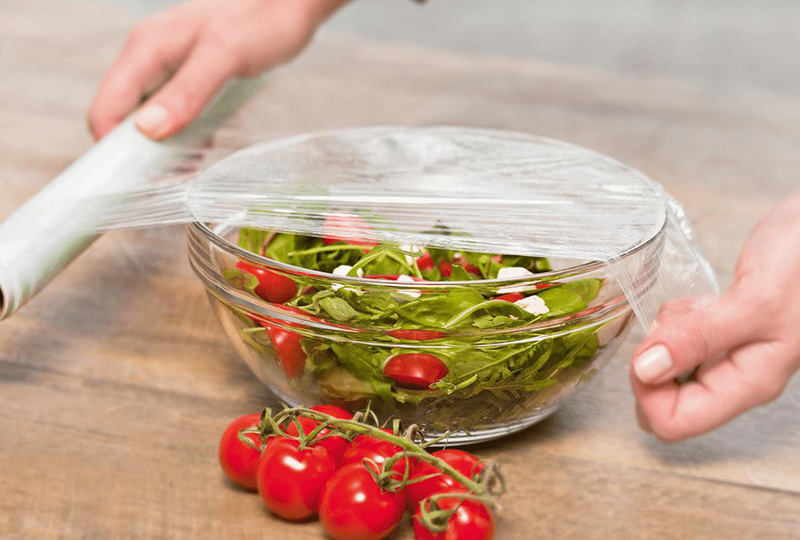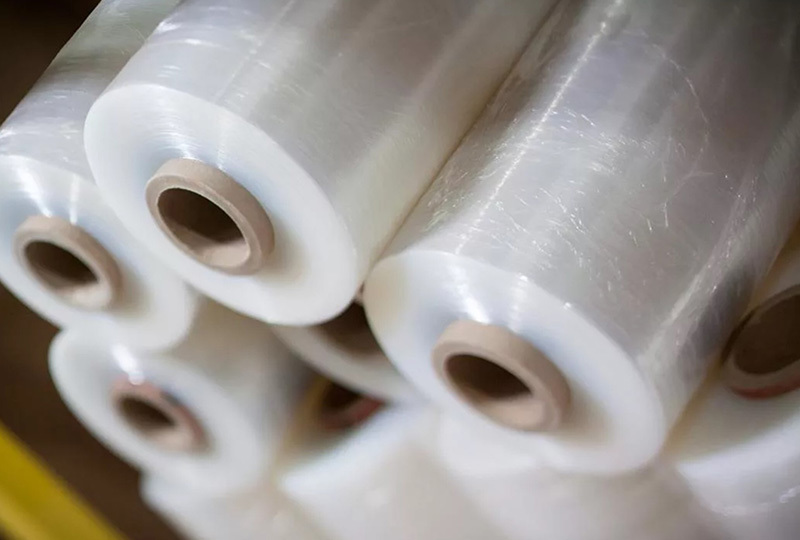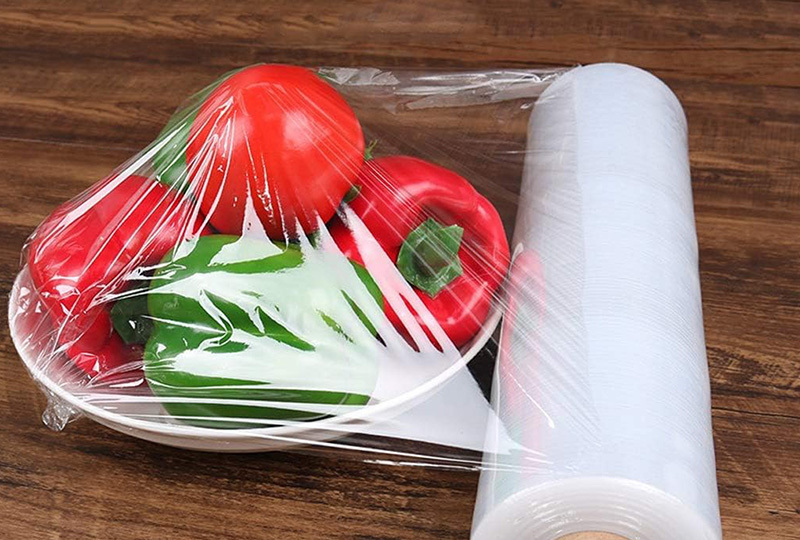Embracing Sustainability: The Rise of Quality Degradable Cling Film in Kitchen Essentials
Release time:
May 29,2025
In recent years, the focus on sustainability has led to significant advancements in the production of kitchen essentials, particularly in the realm of cling films. Quality degradable cling film has emerged as a pivotal innovation in the quest for more environmentally friendly food storage solutions. Unlike conventional cling films made from petroleum-based plastics, degradable options are designed
One of the key advantages of quality degradable cling film is its ability to maintain the freshness and safety of food without compromising the environment. These films are typically made from biodegradable materials such as polylactic acid (PLA) or other plant-based polymers, which are derived from renewable resources. This not only supports a reduction in fossil fuel consumption but also encourages responsible disposal practices. When exposed to specific conditions, such as moisture and warmth, these films can decompose into natural substances, thereby reducing the volume of waste in landfills.
Another notable benefit of quality degradable cling film is its versatility in the kitchen. It can be used for a variety of purposes, including wrapping leftovers, covering bowls, or protecting sandwiches. Its stretchability and clinginess enable a secure seal that helps keep food fresh for longer periods, just as traditional cling films do. Furthermore, many manufacturers are now enhancing these films with additional features, such as resistance to heat and cold, making them suitable for both microwave and refrigerator use.
Moreover, the incorporation of quality degradable cling film in everyday kitchen practices aligns with the broader trend of promoting a circular economy. By choosing products that are designed to minimize waste and are easier to recycle or decompose, consumers can play an active role in reducing plastic pollution. This shift not only benefits the planet but also satisfies the growing consumer demand for sustainable products, which is increasingly becoming a deciding factor in purchasing decisions.
In summary, quality degradable cling film represents a significant step forward in the light consumer goods sector, particularly in kitchen products. As the industry progresses towards sustainability, embracing these biodegradable alternatives enables consumers to enjoy their culinary experiences while also caring for the environment. By understanding the benefits and applications of these innovative materials, both manufacturers and consumers can contribute to a more sustainable future.
Related News
What are the characteristics of PVC fresh-keeping film for food preservation
Can PVC plastic wrap be heated in a microwave oven?
What is the difference between PVC cling film and PE cling film
The choice of PVC cling film need to pay attention to what






